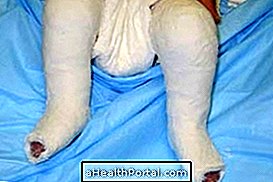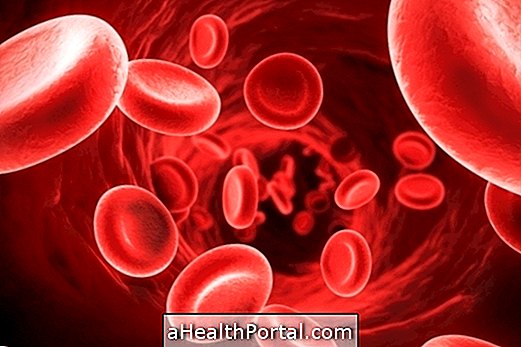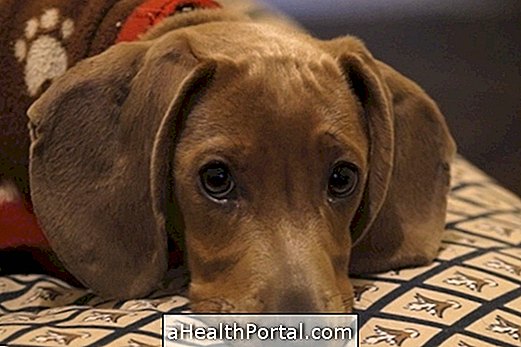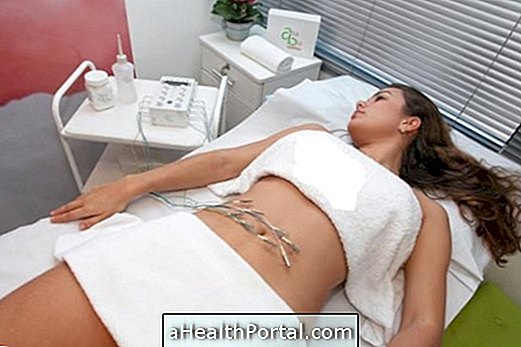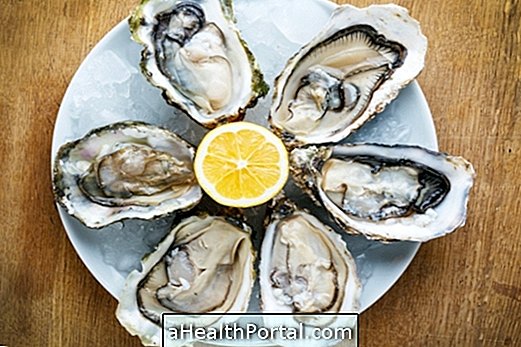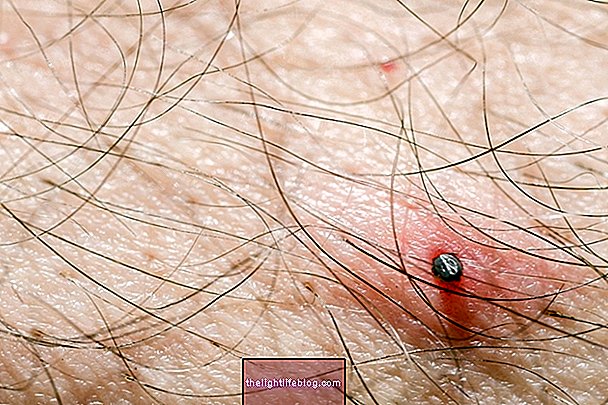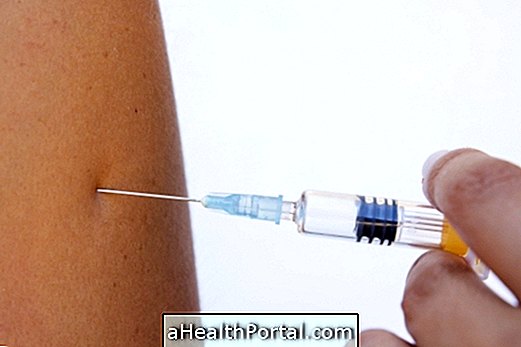The first signs of hypoglycemia are usually dizziness and cold sweat, which can be followed by blurred vision and fainting, for example. Others include:
- Hunger and weakness;
- Nausea;
- Somnolence;
- Tingling or numbness in the lips and tongue;
- Tremedeira;
- Chills;
- Irritability and impatience;
- Anxiety and nervousness;
- Mood changes;
- Mental confusion;
- Headache;
- Heart palpitations;
- Lack of coordination in movements;
- Convulsions;
- Fainting.
These symptoms can occur at any age, but are more common in people with diabetes, when it is more difficult to keep track of blood sugar levels.
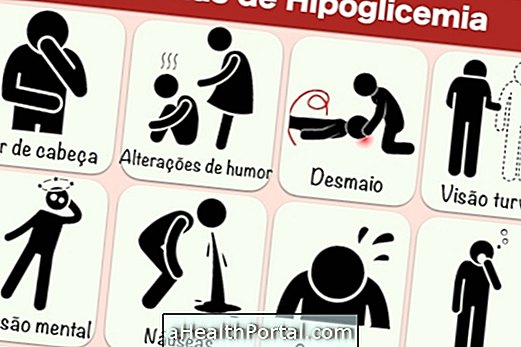
How to confirm hypoglycaemia
Hypoglycemia occurs when blood sugar levels become very low, generally reaching values below 70 mg / dl, which can affect people also during sleep, when it is more difficult to identify.
That way, the only way to know blood glucose levels is to do the quick test with the handheld device that is normally used by diabetics. Here's how to properly use the blood glucose meter.
What to do
When feeling the first symptoms or identifying someone with signs of hypoglycemia, you should sit down and offer foods rich in sugar or easily digested carbohydrates, such as 1 glass of fruit juice, half a glass of water with 1 tablespoon of sugar or 1 sweet bread, for example.
After 15 minutes, it should be checked whether the symptoms have improved and, if possible, the victim's blood glucose. If the results are still below 70 mg / dl or if symptoms persist, seek medical advice.
If the person passes out during this time, you should immediately call for medical help and rub a paste of sugar, made with a few drops of water, inside the cheeks and under the tongue. This technique helps to ensure a quick absorption of sugar and also avoids the risk of choking that can arise when giving water with sugar.
Learn how to get the full course of hypoglycaemia.
Possible causes
One of the main causes of hypoglycemia is in people with diabetes, when using a dose of insulin higher than necessary, reducing blood sugar levels very quickly.
In addition, there is still the possibility of reactive hypoglycemia, which arises when someone with diabetes eats a lot of sugar or carbohydrate foods at one time, usually at lunch time, eventually suffering the opposite effect. Learn more about reactive hypoglycemia.
Other causes include staying too long without eating, exercising heavily, or drinking too much alcohol, for example, which are causes that can also occur in people who do not have diabetes. Check out a more complete list of the main causes of hypoglycemia.
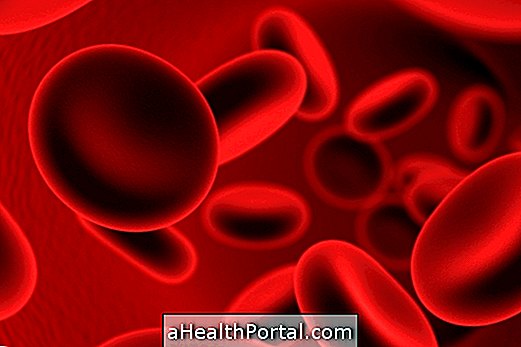


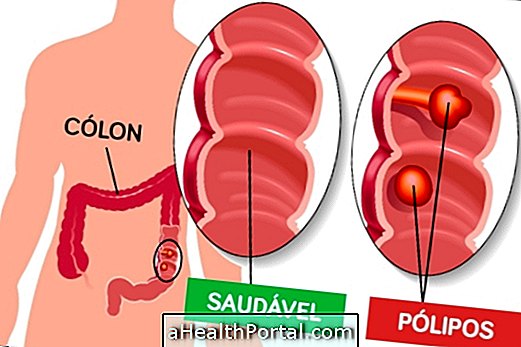


-o-que--sintomas-e-tratamento.jpg)

